WhatsApp Number: +1 512-812-9548
Cell Phone Number:+255747-290-082
seedbombstanzania@gmail.com
The following indigenous tree species are most commonly used to create SeedBombs in our tree nursery and reforestation program. Planting is done exclusively by local community members who understand which species are ideal and which areas are in need of more trees to prevent or reverse the degradation of land.
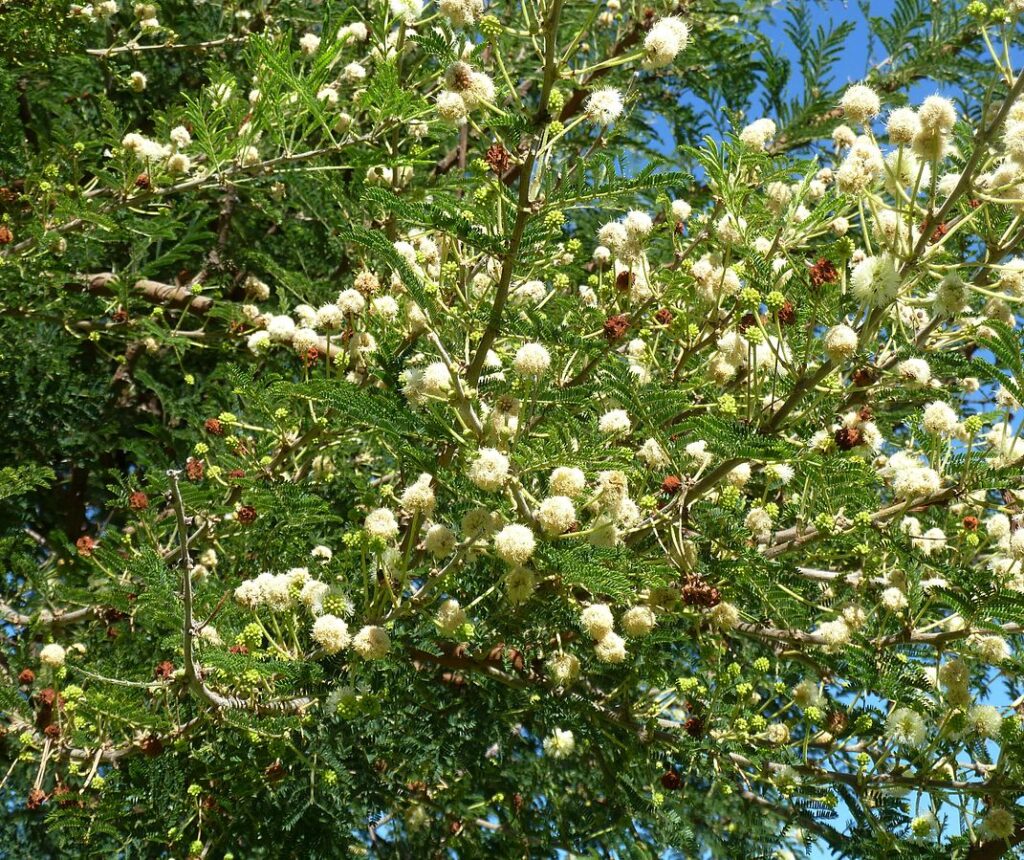
(Gerrard’s Acacia)
15m in height. Widely distributed in woodland grasslands at altitude of 1,500 – 2,500m
• Bark: Brown or dark grey; rough and fissured.
• Spines: In pairs; straight or hooked; short up to 10mm
• Leaves : Narrow; small, 5-12 pairs of pinnae
• Flowers: In round-heads; white or cream
• Fruit: Dark brown pods; sickle-shaped.
• Uses: Leaves and pods serve as animal fodder, wood is used for fuel and as general timber for poles
• Traditional medicine: The bark is widely used to treat coughs and sore throats
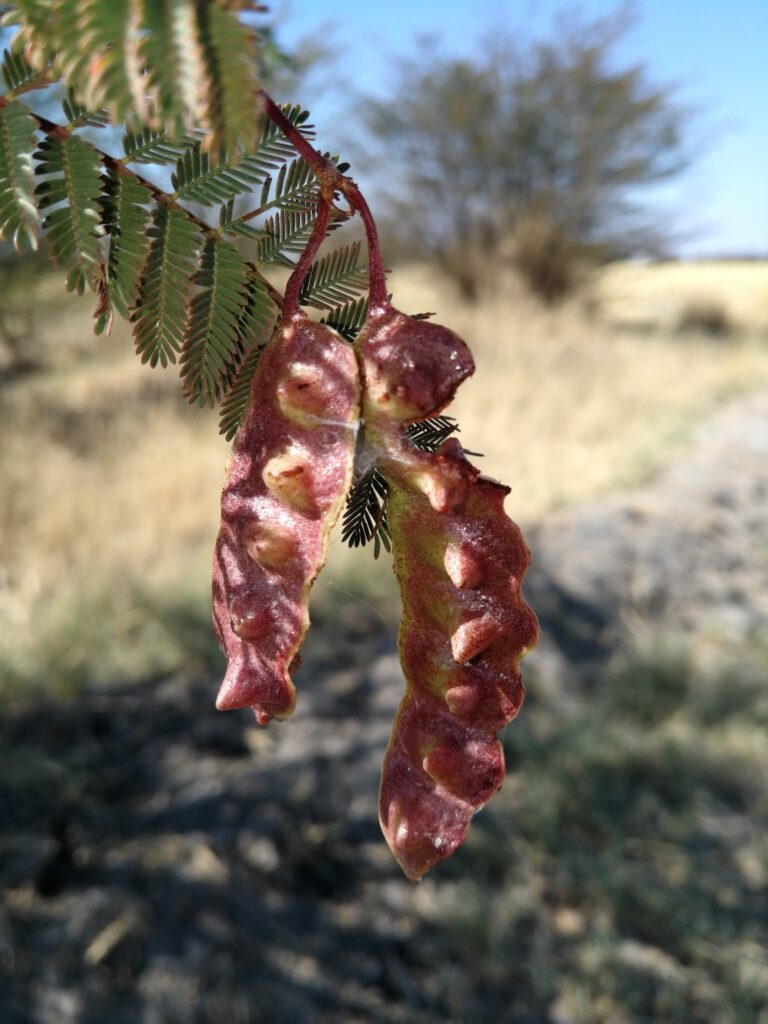
(Kirk’s Acacia)
Flood plain acacia growing 2-15m in height. Single or many-stemmed. Found in wooded grassland and riverine woodland.
• Bark: Greenish-yellow for young trees to yellow-brown for old ones
• Spines: In pairs at the nodes; straight; 4-80mm long.
• Leaves: 6-14 pairs of pinnae; leaflets in 7-20 pairs, small and narrow.
• Flowers: In heads; cream or white (red in bud)
• Fruit: Brown to reddish brown pods. Small projection on top of the pod between the two seeds
• Uses: Used in construction of Maasai bomas (houses) and for firewood. The Maasai people make tea from the bark.
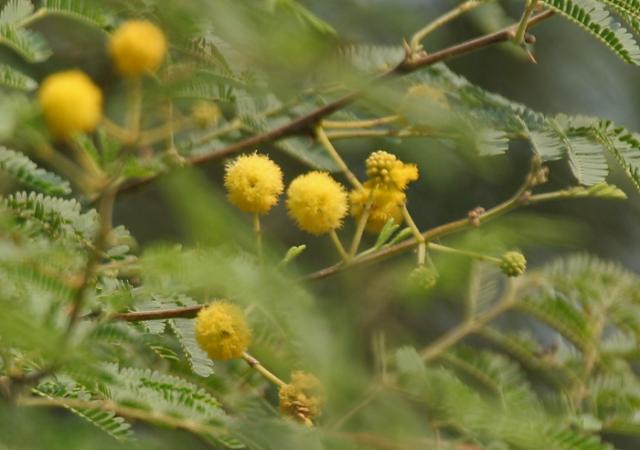
(Egyptian thorn, scented-pod Acacia)
Usually small tree, seldom exceeding 6m in height, often branched from the base, with a flat or umbrella-shaped crown.
• Bark: Fissured; young shoots brown and hairy.
• Spines: In pairs at nodes; straight or nearly so, sharp and whitish. Up to 8-mm long
• Leaves: In round heads; bright golden yellow; fragrant
• Fruit: Straight or curved; 80-170 x 9-22mm. Pods have a fruity odor and break up on the ground.
• Uses: The leaves and pods provide good fodder. The wood is hard, tough and termite resistant, fuel, poles, carvings and as a bee forage. Also used as a traditional medicine.
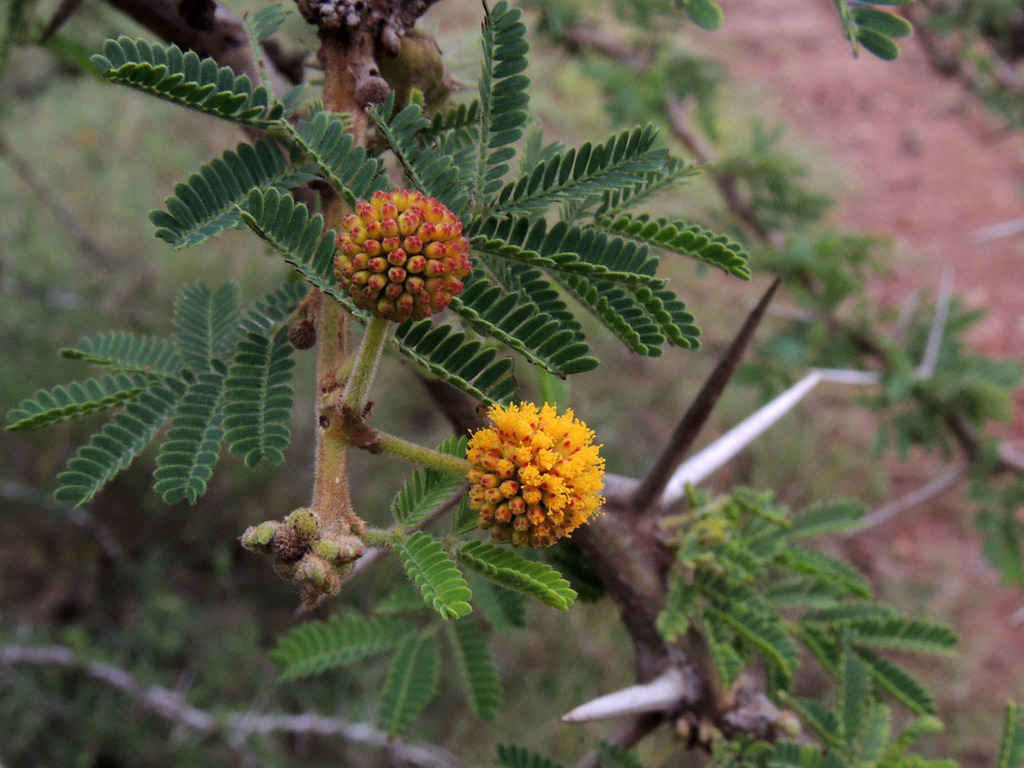
(White Thorn Acacia)
A small tree with an irregularly flattened, spreading crown that grows to 12m in height. It is sometimes shrubby in form. Found in colonies on flats of black cotton soil and on stony ground at the base of hills.
• Bark: Distinctive, powdery white to pale green or orange-red.
• Spines: In diverging pairs; white; stout; up to 80mm.
• Leaves: 3-8 pairs of pinnae; 11-12 pairs of leaflets; narrow elliptic.
• Flowers: Bright yellow; numerous; in large, round heads; fragrant.
• Fruit: Narrow pods; curved; brown when dry splitting on the tree
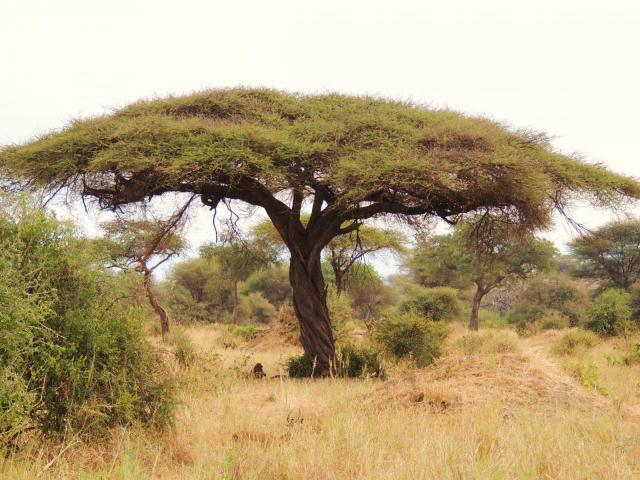
(Umbrella Thorn)
A typically spreading acacia with a flat or umbrella shaped crown, growing up to 18m in height. This is a very common tree, widespread in Africa savanna; found in dry courses at altitude of 600-2000m, often in black cotton soil.
• Bark: Grey to black; fissured and rough; young twigs red-brown
Spines in pairs at the nodes; of two kinds – straight and long (30-80mm) and hooked and short (up to 7mm)
• Flowers: In round heads; white or cream: fragrant.
• Fruit: Pale brown pods; spirally twisted, sometimes curled into rings
• Uses: A hardy acacia of great value; its hard, red wood makes excellent fuel and timber. Pods and leaves serve as fodder.

(Fever Tree, Nairasha Thorn, Yellowed-Barked Acacia)
A tall, handsome tree reaching 25m or more in height. Often grows with others of its kind, often in black cotton soil, at altitudes of 600-2000m
• Bark: Yellow-green bark; hairy or powdery; fissured when older.
• Spines: In pairs at the nodes; straight or diverging; whitish; up to 100mm; many nodes in young trees.
• Flowers: In round heads; white or yellowish-white
• Uses: Foliage and pods are used as fodder; wood is used as fuel and timber. Also serves as bee forage.
• Bark: Yellow-green bark; hairy or powdery; fissured when older.
• Spines: In pairs at the nodes; straight or diverging; whitish; up to 100mm; many nodes in young trees.
• Flowers: In round heads; white or yellowish-white
• Uses: Foliage and pods are used as fodder; wood is used as fuel and timber. Also serves as bee forage.

(White Thorn Acacia)
This shrub or tree usually grows to 6m in height, but may reach 9m, and has a flattened crown. Common in overgrazed grassland and in bush grassland. Occurs at altitude of 750-2250m.
• Bark: Greenish brown; peels in red-brown papery strips exposing yellow backs young twigs red brown
• Spines: In pairs, straight and slender, usually less than 20mm long; sometimes absent.
• Flowers: In small round heads, yellow or orange
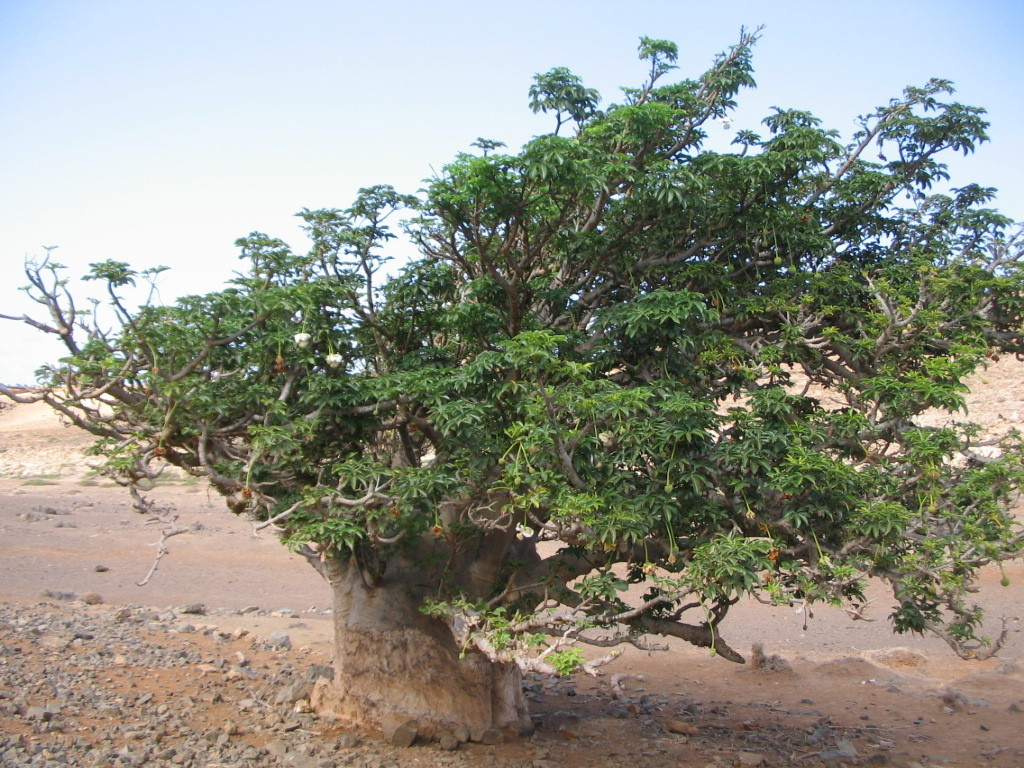
(African Baobab)
A lone Baobab dominates the landscape and grows in dry-land with a growth rate directly determined by rainfall. With a height ranging from 5 to 25 meters and a trunk diameter of 10 to 14 meters.
• Bark: Reddish brown to gray; corklike
• Flowers: White or cream that turn brown in 24 hours; leathery; large number of stamen; fragrant; pollinated by fruit bats
• Fruit: Large egg-shaped; filled with pulp; falls and hardens
• Uses: A source of food, medicine and water; known to give longevity and health

(African Blackwood, Mpingo, Ebony)
With a dense wood that is red to black in color, this short flowering tree ranging 4 to 15 meters in height is a prized timber that is culturally significant for making tools, instruments and ceremonial objects.
• Bark: Grey to black; spiny shoots
Leaves: Pinnately compound, 6-9 alternate; 6-22cm long
• Flowers: White ; densely clustered
• Fruit: Pale brown pods; 3-7cm long
• Uses: A dense timber used for making instruments and tools
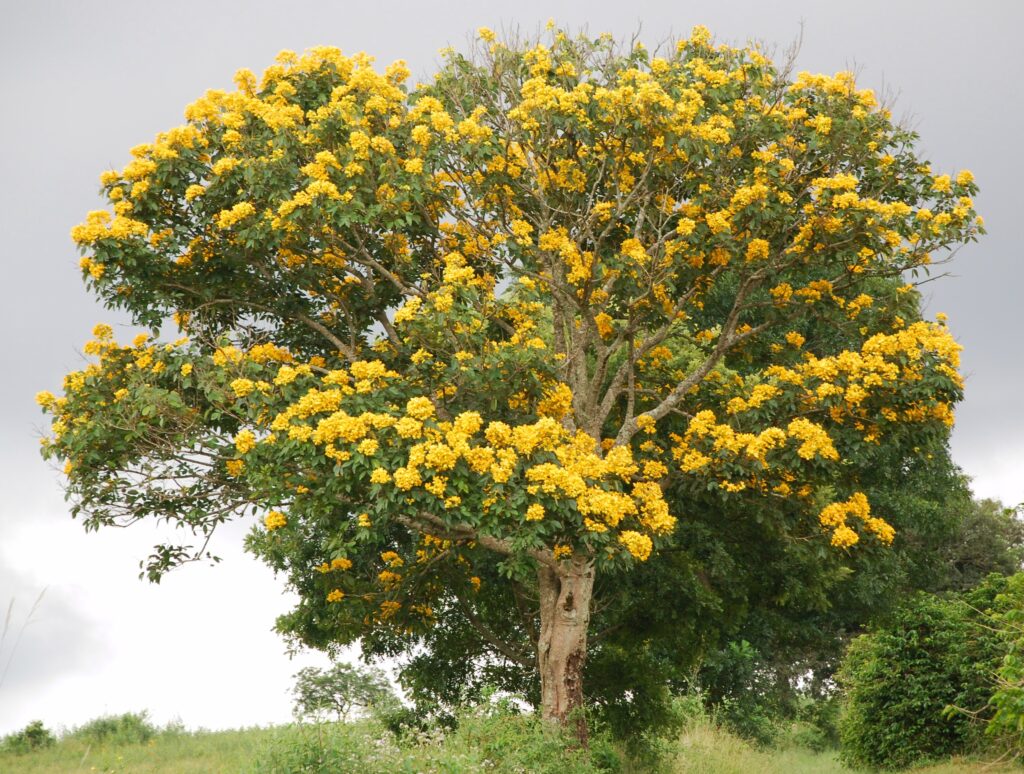
(Markhamia)
An upright, evergreen tree with a narrow, irregular crown. Usually 10-15m in height, found in tree bush land, grassland and highland areas at altitudes of 1000-2000m. The species can tolerate acid or heavy clay soil, but not water-logging.
• Bark: Reddish brown; finely cracked.
• Flowers: Bright yellow; terminal clusters trumpet-shaped; with 5 frilly orange-red stripes in the throat.
• Fruit: Very long, thin capsules; brown twisted; linear, 400-800mm long; hang in spiral clusters; split on the tree to release many flat-winged seeds.
• Uses: Timber is hard, tough and termite-resistant; used for fuel, furniture, poles, posts, tool handles and in boat-making.
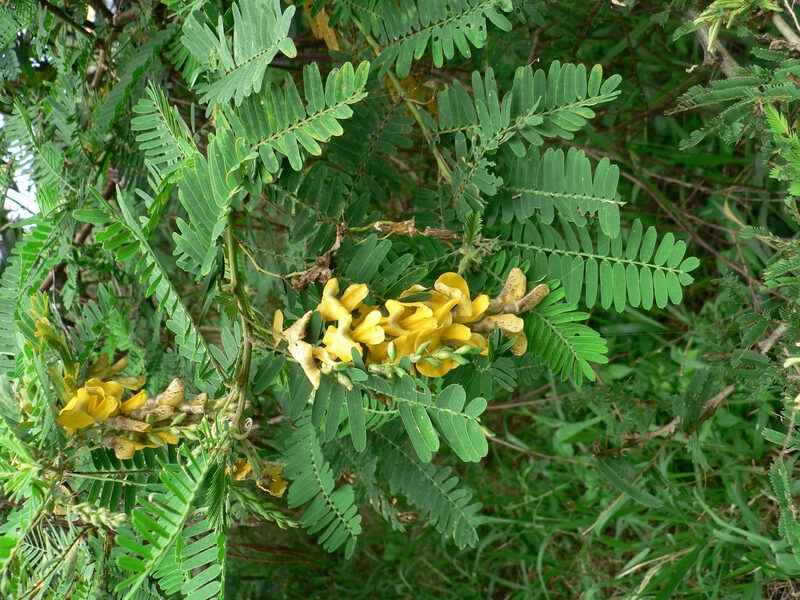
(River Bean)
A deciduous shrub or small tree, growing up to 6m in height. It is usually found in or near rivers. The species can survive water-logging, and tolerates acid and saline soil.
• Bark: Red-brown, young shoots hairy
• Flowers: Pale yellow; specked maroon.
• Fruit: Abundant; green to pale brown; long, thin pods of up to 200mm hanging in clusters; with separated sections that cause seeds to rattle within.
• Uses: The wood is light and soft but is an excellent source of fuel, and of material for poles and for light construction.
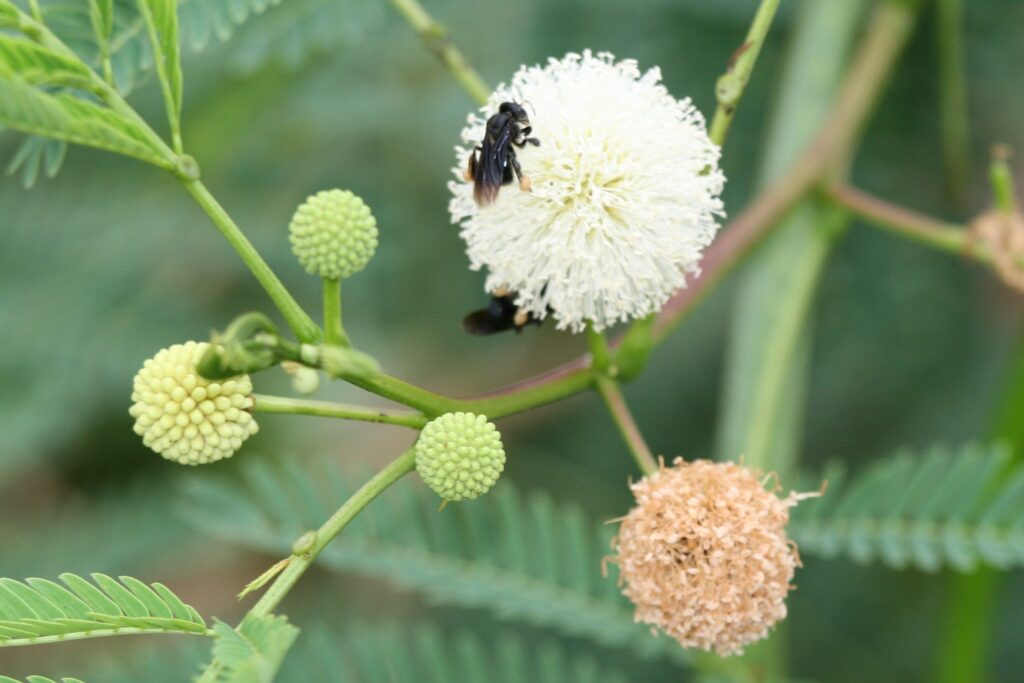
(Leucaena)
A semi-deciduous tree that grows 5-20m in height depending on variety. It has a moderate leafy canopy. The plant thrives in sun and in well-drained soil.
• Bark: Thick, rough; green-brown; cracks with age
• Leaves: Compound alternate; with many leaflets.
• Flowers: White, round heads; about 20mm across; on a long stalk from the leaf axle.
• Fruit: Numerous bunches; thin green pods turning dry and brown.
• Uses: Leaves and shoots are valuable for fodder
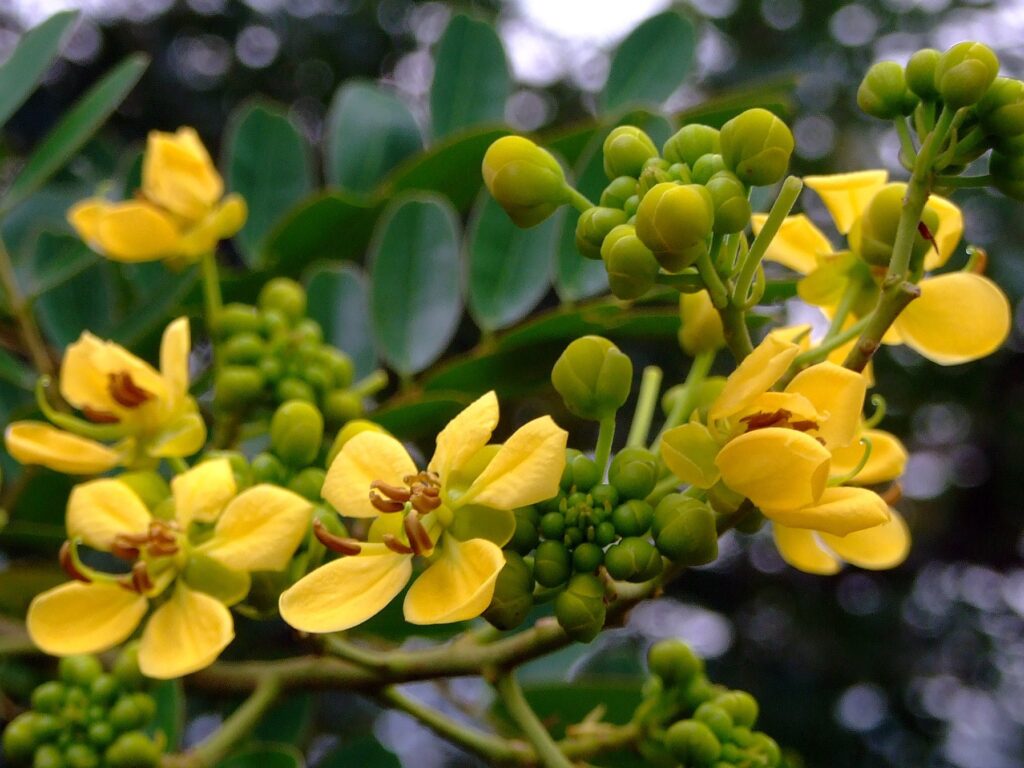
(Blackwood Cassia, Ironwood)
An evergreen, reaching up to 15m in height. Often shrub-like. The tree tolerates extended drought. Grows from sea level to 1600m.
• Bark: Smooth; pale grey-brown
• Flowers: Pale yellow; in dense heads
• Uses: The wood is termite-resistant and used for general timber poles and furniture.

A dominant, spreading upper-story forest tree, reaching 35m in height, with distinctive layering of branches and a rather flat crown. It occurs in dry or semi-deciduous forests at altitudes of 900-2100m.
• Bark: Dark grey; rough fissures
• Flowers: Pale yellow; hanging spikes up to 250mm long. Very short-lived conspicuous; appear after heavy rain.
WhatsApp Number: +1 512-812-9548
Cell Phone Number:+255747-290-082
seedbombstanzania@gmail.com